Home>Ideas and Tips>Basement Bowling Alley Ideas for Fun Home Entertainment Spaces
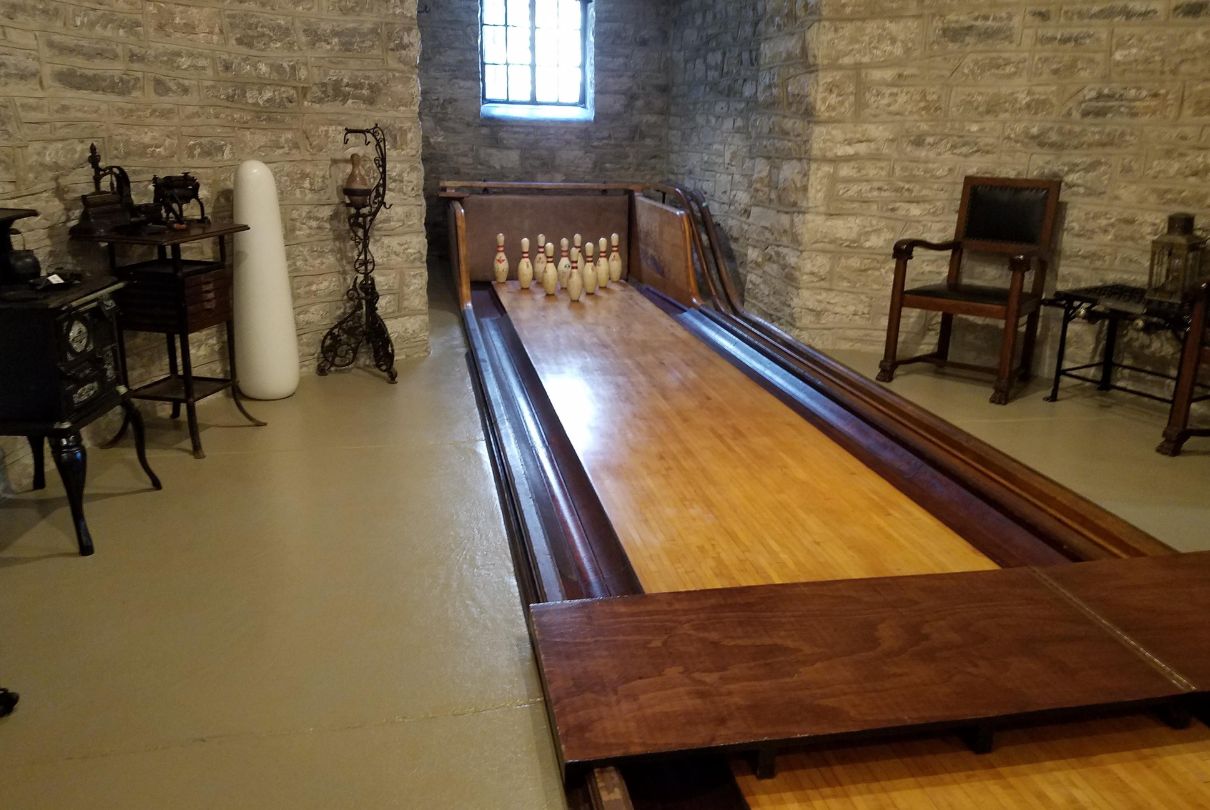

Ideas and Tips
Basement Bowling Alley Ideas for Fun Home Entertainment Spaces
Published: September 22, 2024
Transform your home with a basement bowling alley. Discover design ideas, space requirements, safety tips, and cost estimates for a fun entertainment space.
(Many of the links in this article redirect to a specific reviewed product. Your purchase of these products through affiliate links helps to generate commission for Storables.com, at no extra cost. Learn more)
Creating a basement bowling alley is an excellent way to transform your home into an entertainment hub, offering endless fun and social opportunities for you and your guests. Whether you're looking to add a unique feature to your vacation rental house or simply want to enhance your home's recreational value, a basement bowling alley can be both functional and enjoyable. In this article, we'll explore the various aspects of designing and installing a home bowling alley, including space requirements, design ideas, safety considerations, and cost estimates.
Space Requirements
One of the first considerations when planning a basement bowling alley is the space required. While a full-sized regulation bowling lane is 60 feet long, you can still have a functional and enjoyable experience with a shorter lane. The minimum length for a home bowling alley can vary depending on your specific needs and the available space in your basement. Here are some general guidelines:
- Regulation Lane: A full-sized regulation bowling lane is 60 feet long, but this might not be feasible in most basements. However, you can still achieve a fun experience with a shorter lane.
- Compact Lanes: For a more compact setup, you can consider lanes ranging from 22 to 35 feet in length. These lengths are more suitable for smaller spaces and can still provide an enjoyable bowling experience.
- Customization: If you have the space, you can always opt for a longer lane or even multiple lanes. However, if you're working with limited space, it's essential to prioritize functionality over length.
When determining the space needed, remember to include additional areas such as the approach (where the bowler stands), the pinsetter machine, and a service aisle (a space between the pinsetter machine and the back wall). These elements will add to the overall length of your bowling alley setup.
Design Ideas
Designing your basement bowling alley is where creativity really shines. Here are some ideas to make your space both functional and visually appealing:
Wall Design
To break up the long, monotonous linear look of the room, consider adding elements perpendicular to the orientation of the bowling lanes. This can include intermittent pilaster or half-column elements, large framed artwork, or colorful fabric-wrapped or acoustic panels.
Ceiling Design
Create ceiling elements that break up the length of the room. This can be achieved by adding beams or coffered sections across the lanes every 10 to 15 feet. Alternatively, design a “saw tooth” ceiling profile which gently slopes downward toward the bowling pins and then vertically returns to the starting height every 10 to 15 feet.
Special Effects Lighting
Add special effects lighting to create a nighttime party atmosphere. Black lighting can make the bowling lanes and balls glow under black light, while strobes, disco balls, lasers, and water ripple effects can enhance the ambiance. However, ensure that these lights are installed in a way that they are not obtrusive and can be hidden from view.
Colors
Choose unique colors for your bowling lanes to make your project stand out. The color of the lanes will have the biggest visual impact on the room. Avoid matching the bowling lane color with adjacent flooring; instead, select contrasting colors to create a subtle visual cue delineating the sport zone from the spectator zone.
Curtain Wall Design
The curtain wall, also known as the masking wall, is the back wall that hangs across the lanes in front of the pinsetter machines. Decorate it with something interesting like a video projection screen, video wall, neon sign, custom millwork, or mural to draw attention and enhance the room's aesthetic.
Safety Rail
If your bowling room will have foot traffic along one or both sides of the lanes, add a safety railing or knee wall to prevent people from accidentally tripping over raised capping trim and into the gutter or oily lane surface. The safety railing should begin at or just beyond the foul line and end at the curtain wall.
Safety Considerations
Safety is paramount when designing a basement bowling alley. Here are some key considerations:
Access Control
Ensure that the bowling machine is securely locked and out of reach when not in use to prevent accidental activation or tampering. This can be achieved with a secure locking mechanism and clear instructions on how to operate the machine safely.
Electrical Safety
Be mindful of electrical safety when installing special effects lighting. Ensure that all electrical components are installed by a licensed electrician and meet local safety standards.
Flooring and Surfaces
Use durable flooring materials that can withstand the impact of bowling balls and pins. Avoid using materials that may be slippery or prone to damage from moisture.
Cost Estimates
The cost of building a home bowling alley can vary greatly depending on several factors, including the number of lanes, location, new construction vs. renovation, and the level of features you want. Here are some rough estimates:
-
Home Bowling Alley: A single lane for your house could cost anywhere from $75,000 to $175,000. This includes high-end commercial-grade equipment from manufacturers like Brunswick, architectural plan review, pre-installation site visits, help in selecting colors and upgrades, delivery to your home, installation labor, and training.
-
Small Commercial Alley: A few lanes in a commercial setting could run from $150,000 to $600,000. This includes more extensive features and larger spaces.
-
Large Commercial Alley: A full-sized bowling alley with many lanes could cost millions of dollars. This includes extensive renovations and high-end amenities.
Alternative Ideas
If you're short on space or looking for a more cost-effective solution, consider alternative ideas:
Golf Simulator
Installing a golf simulator is another excellent way to create an entertainment space. It can be paired with arcade machines or video game consoles to create a man cave or entertainment room. This option is not only cost-effective but also offers a unique experience that can be just as enjoyable as bowling.
Virtual Bowling
Virtual bowling using Oculus or other VR technology can provide an immersive experience without the need for physical space. This option is perfect for those with limited space or who want to add an extra layer of fun to their entertainment room.
Conclusion
Creating a basement bowling alley is an exciting project that can transform your home into an entertainment hub. By understanding the space requirements, design ideas, safety considerations, and cost estimates, you can create a fun and functional space that will delight both you and your guests. Whether you opt for a full-sized regulation lane or a more compact setup, the key is to make it enjoyable and safe. With the right planning and execution, your basement bowling alley will become the heart of your home's entertainment activities.
Additional Tips
-
Consult Professionals: If you're serious about opening a bowling alley or installing one in your home, it's crucial to consult with professional contractors or bowling alley equipment suppliers. They can provide more accurate estimates and help you navigate the installation process.
-
Customization: Don't be afraid to customize your bowling alley to fit your unique needs and style. Whether it's choosing unique colors or adding special effects lighting, customization can make your space truly special.
-
Maintenance: Regular maintenance is essential to keep your bowling alley in good condition. This includes cleaning the lanes, checking the pinsetter machine, and ensuring all electrical components are functioning properly.
-
Entertainment Options: Consider pairing your bowling alley with other entertainment options like arcade machines, video game consoles, or even a bar area. This can enhance the overall experience and make your space more versatile.
-
Future Value: A basement bowling alley can add significant value to your home. Potential buyers will be impressed by the unique feature, making it a smart investment for the future.
By following these tips and considering the various aspects discussed in this article, you can create a basement bowling alley that is both fun and functional, providing endless entertainment opportunities for years to come.
Was this page helpful?
At Storables.com, we guarantee accurate and reliable information. Our content, validated by Expert Board Contributors, is crafted following stringent Editorial Policies. We're committed to providing you with well-researched, expert-backed insights for all your informational needs.
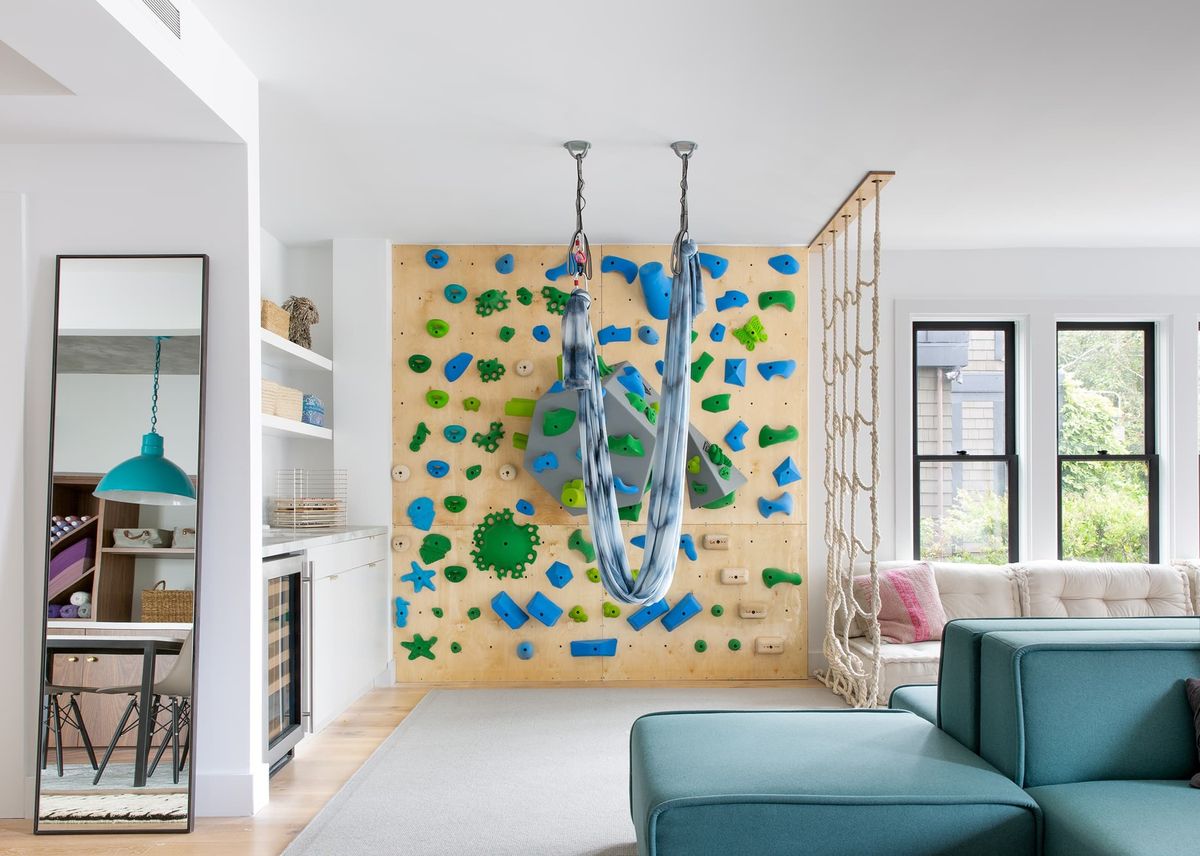

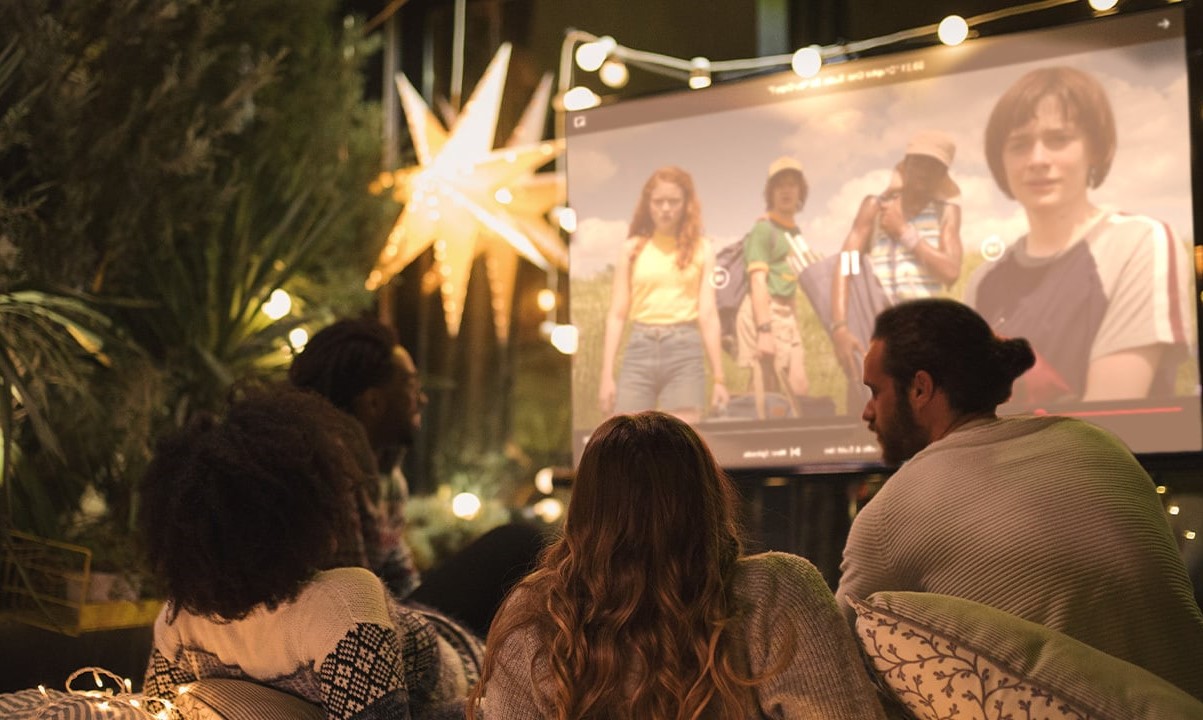
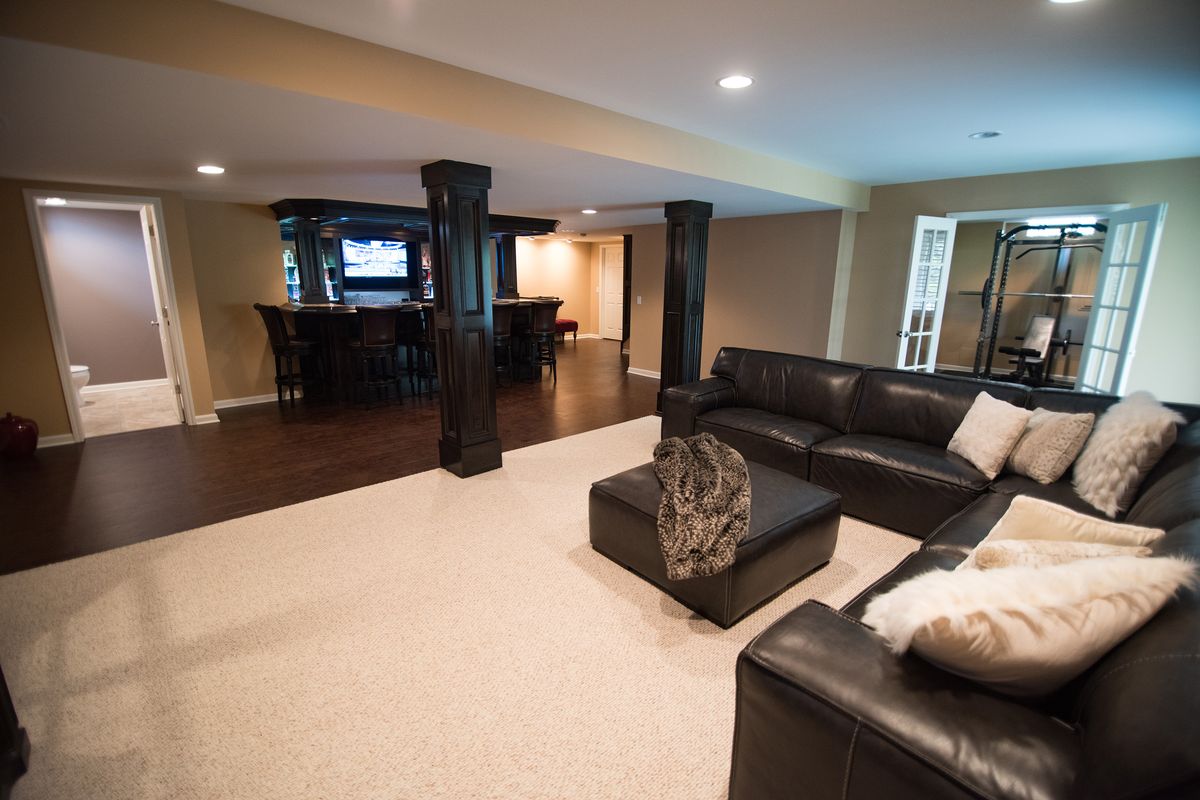
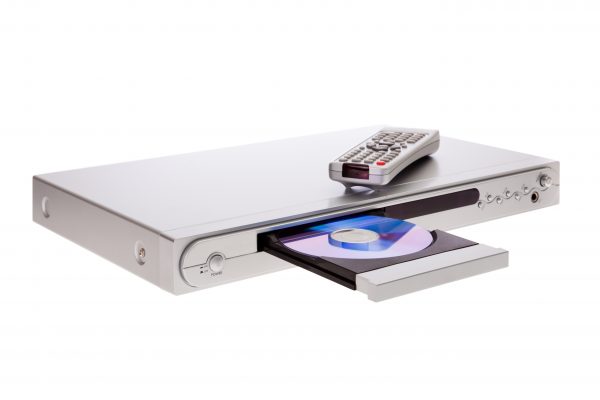
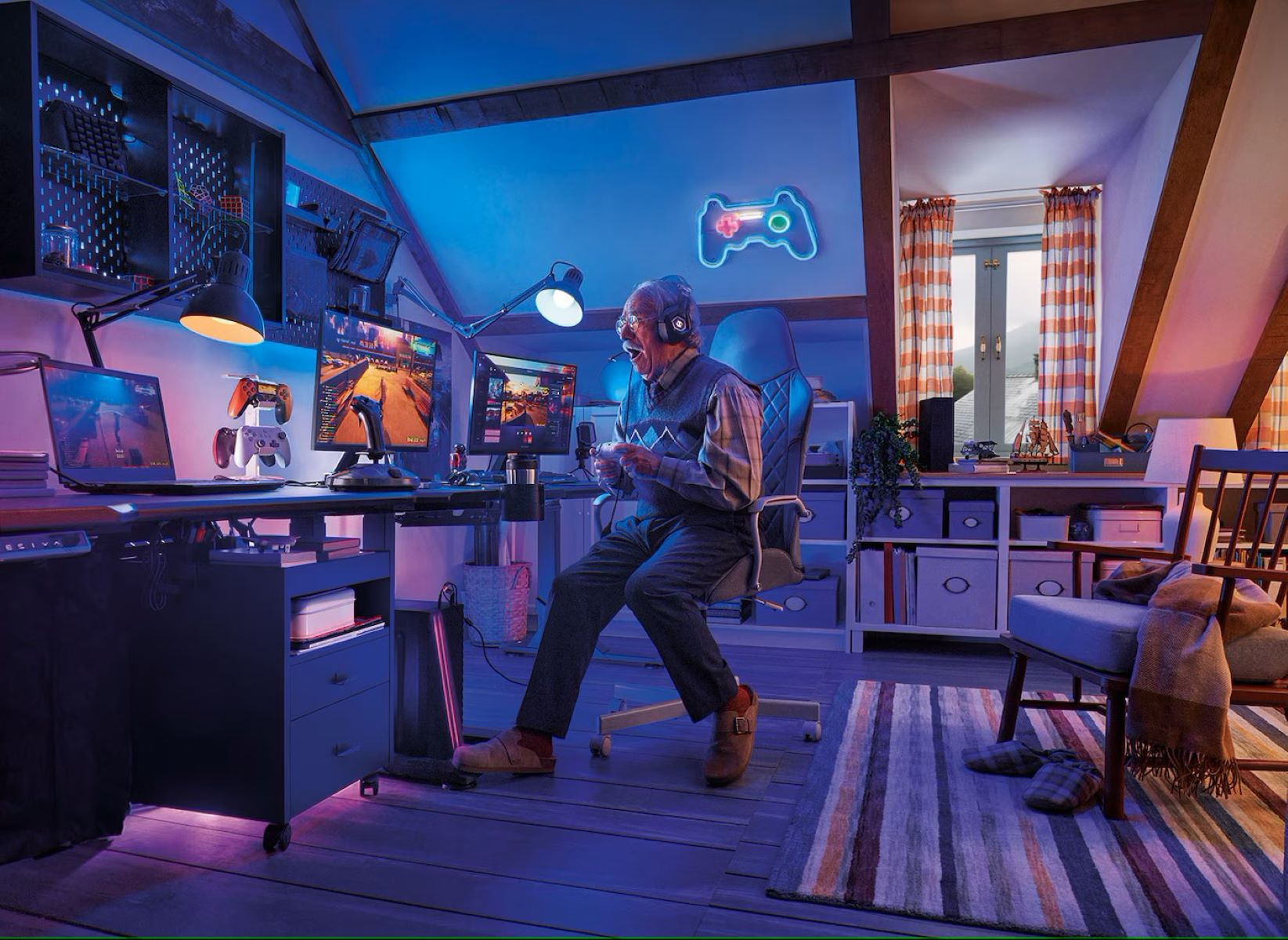
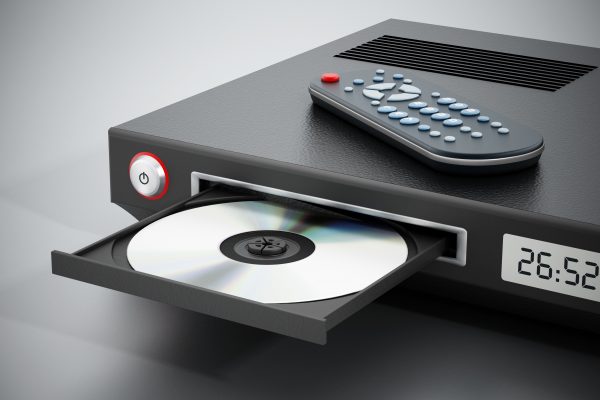

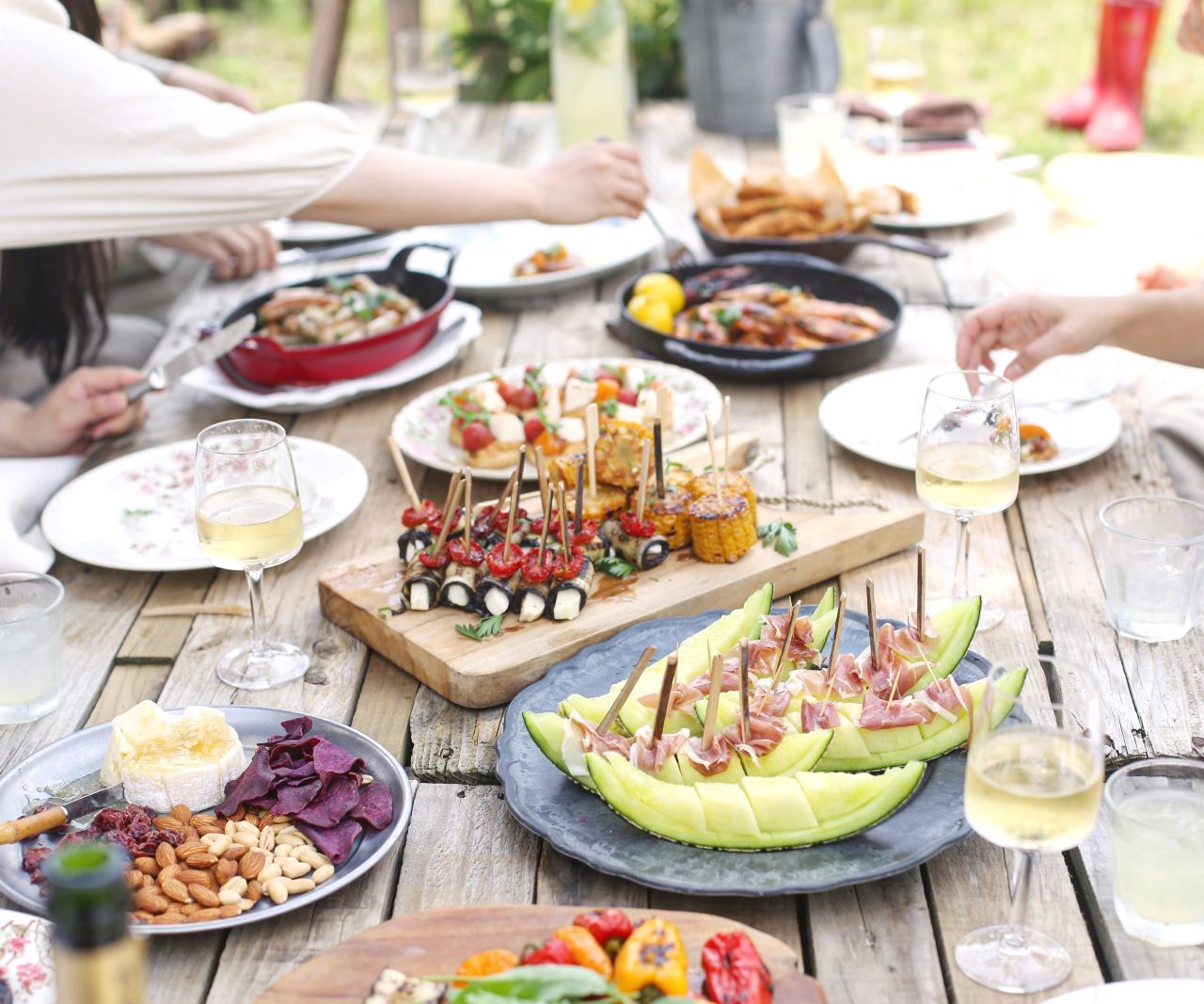
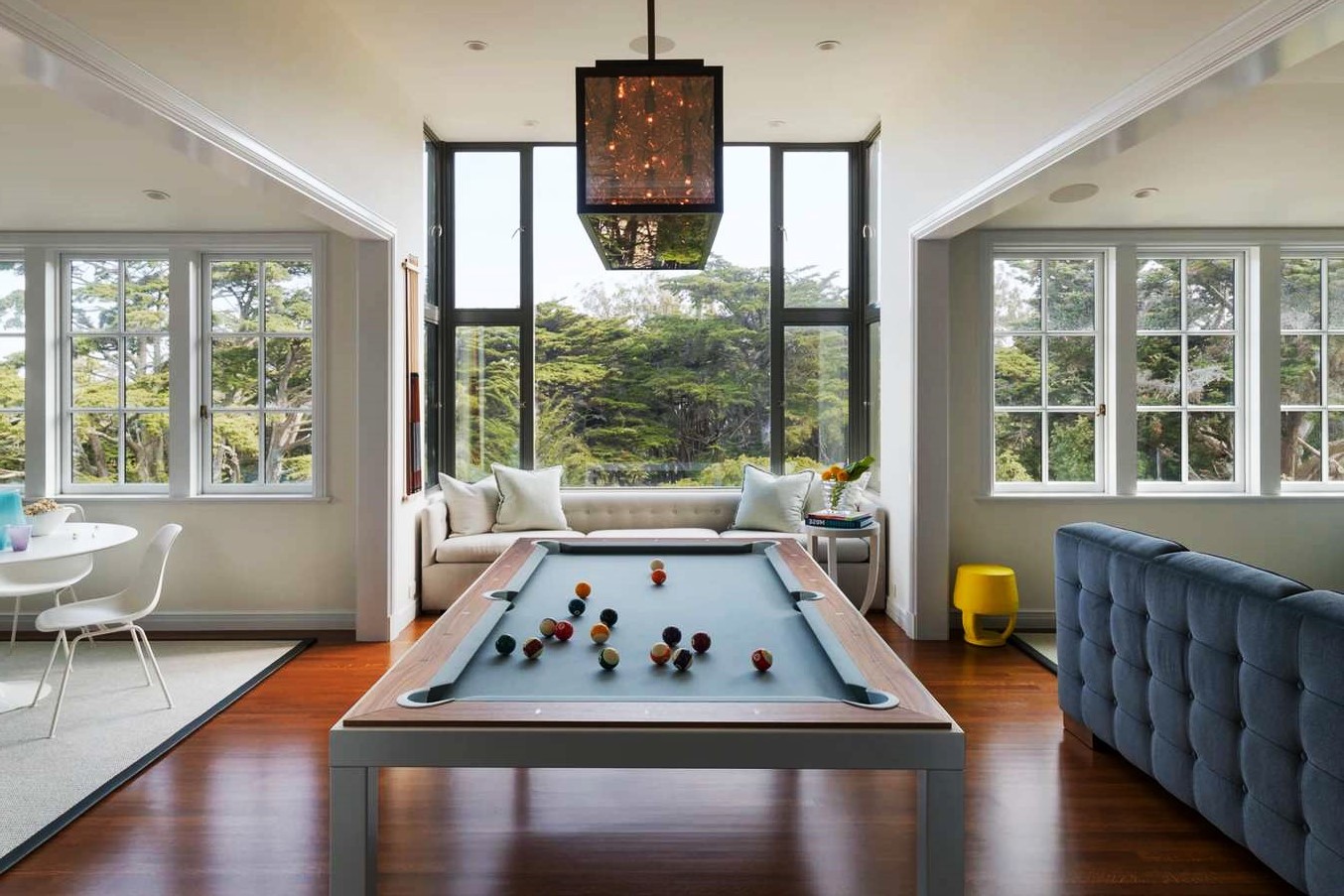
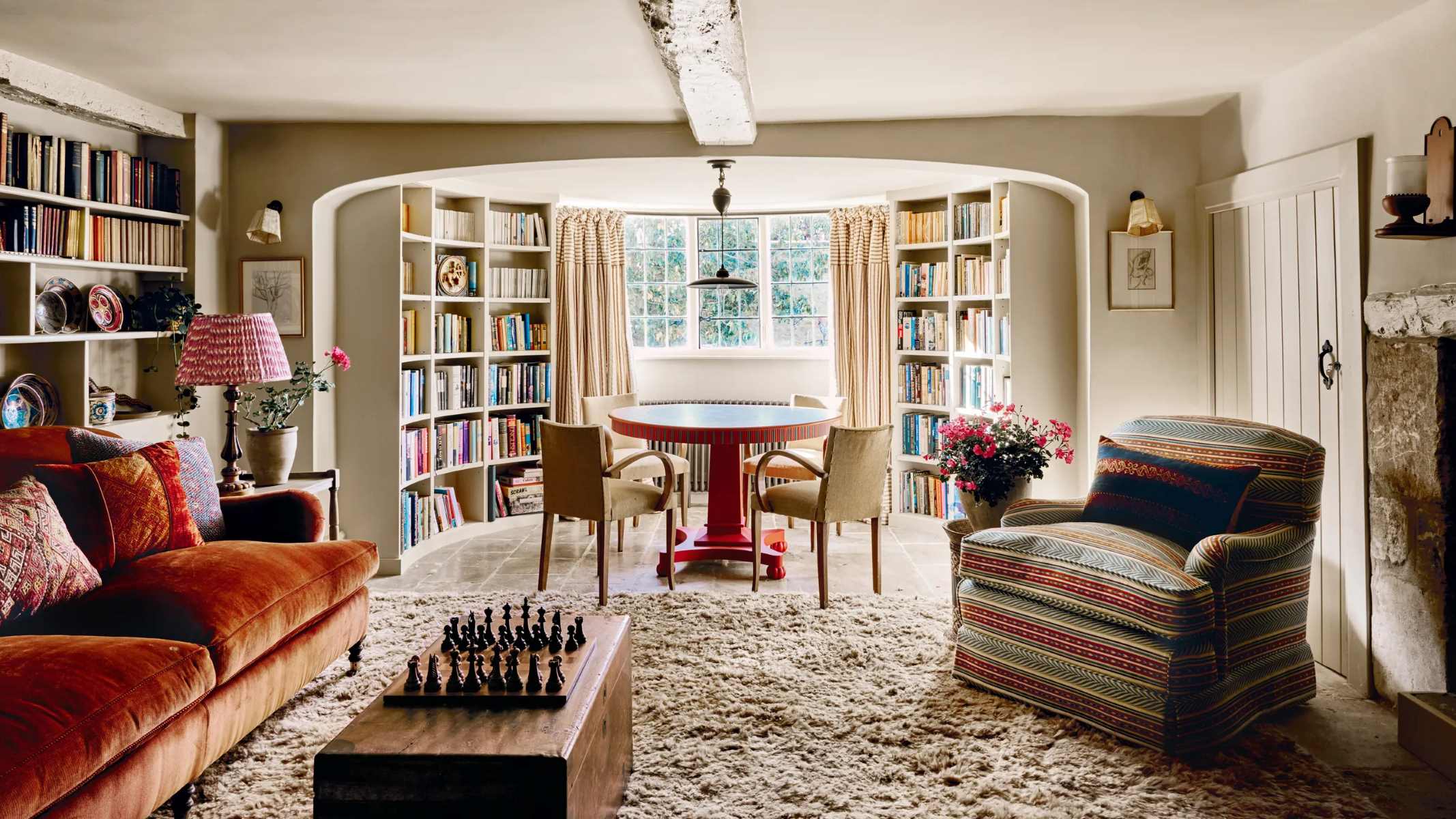
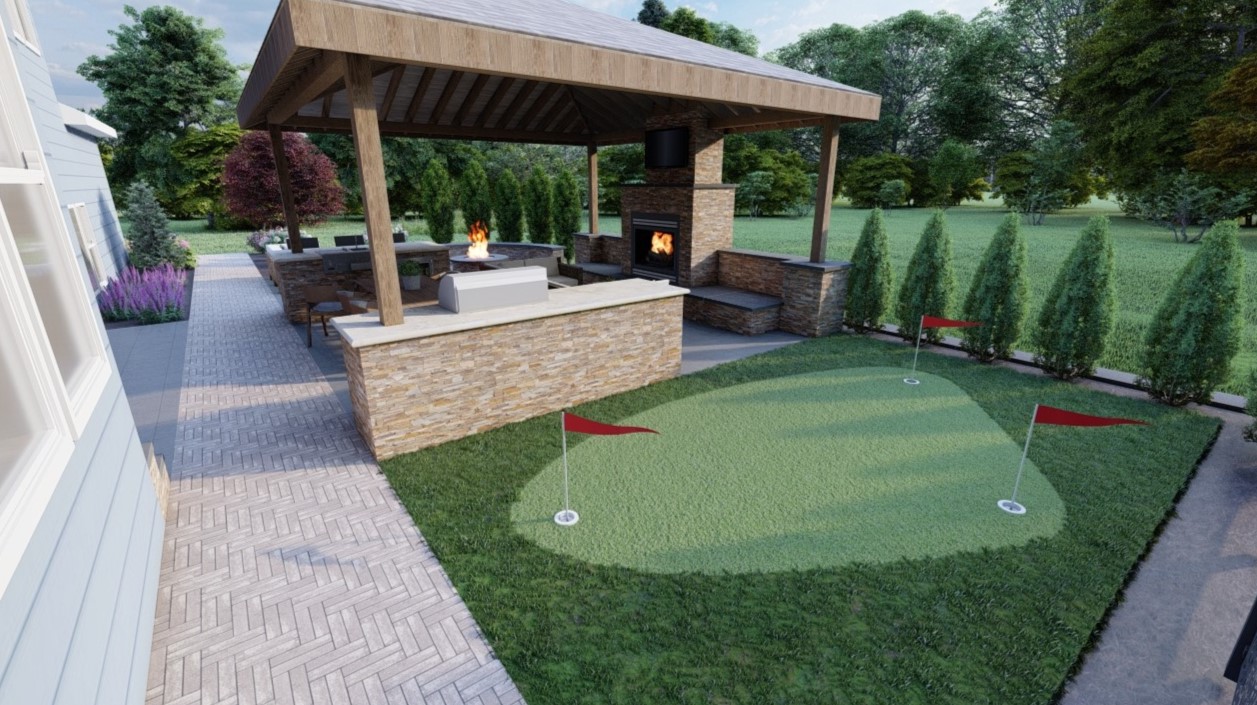
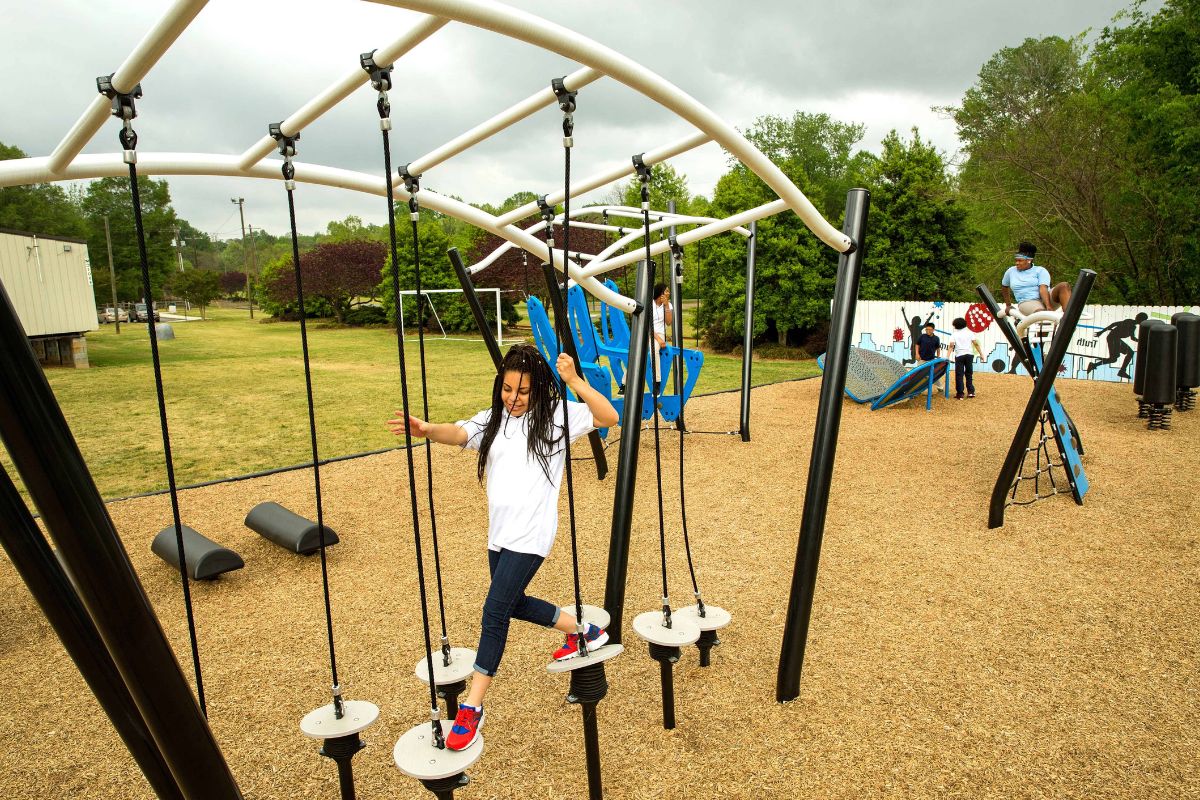
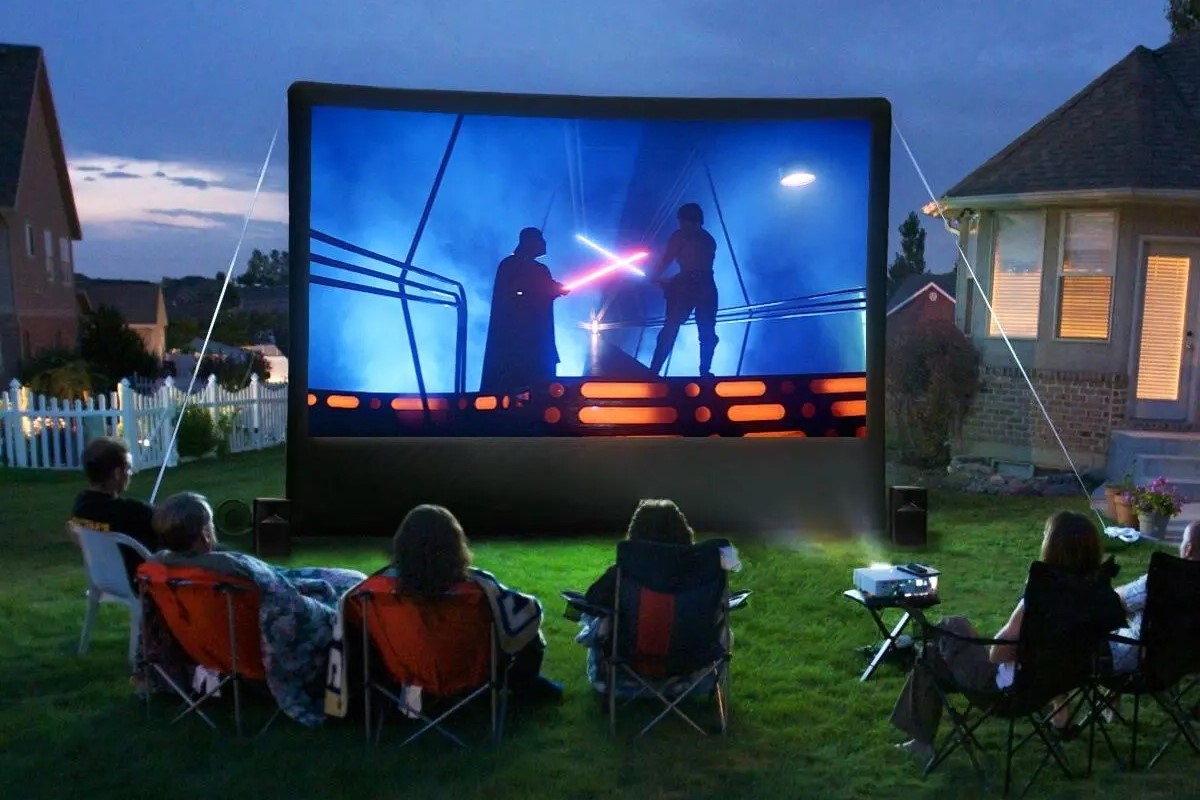

0 thoughts on “Basement Bowling Alley Ideas for Fun Home Entertainment Spaces”